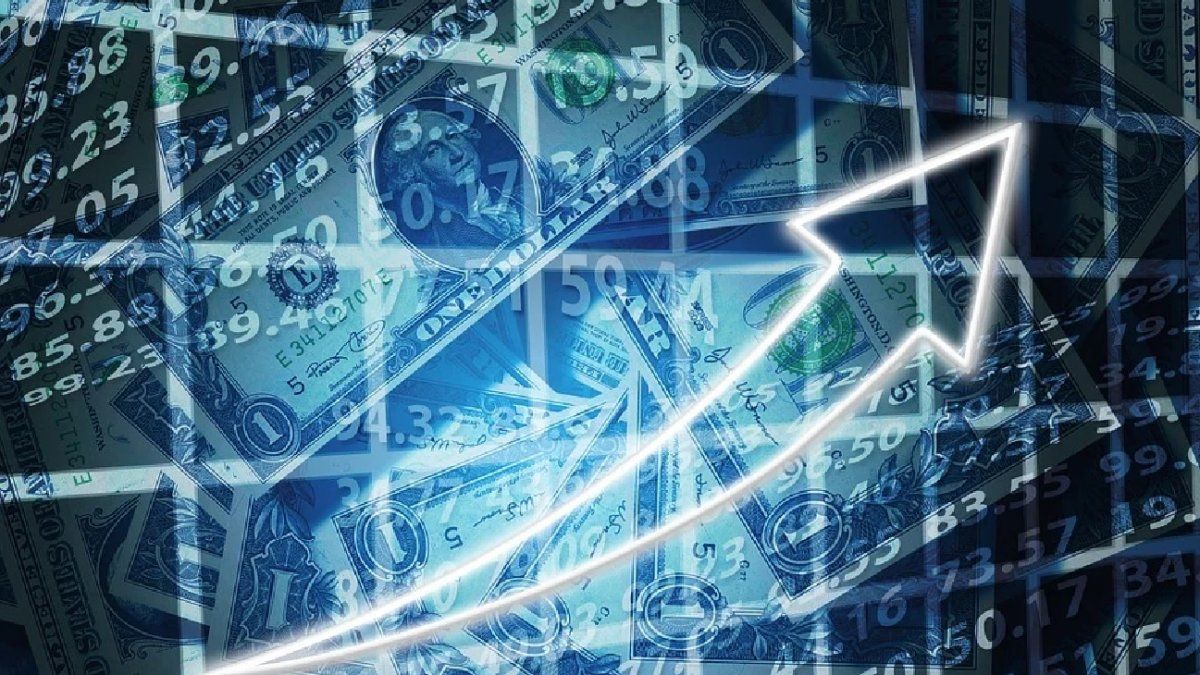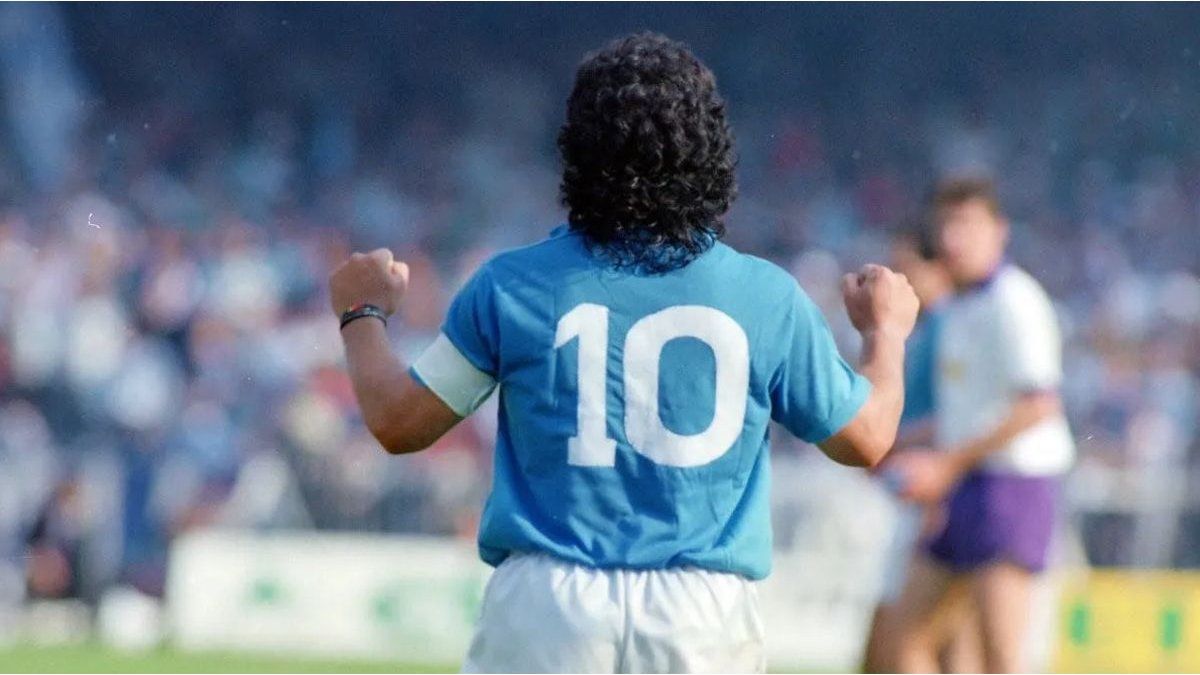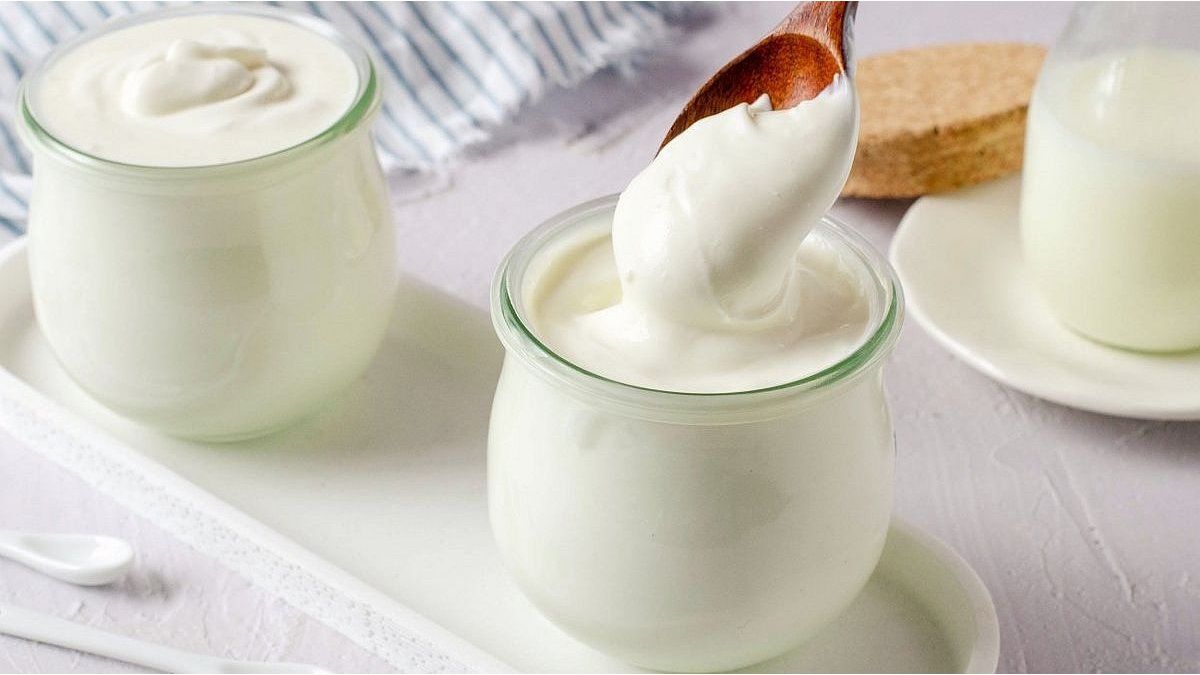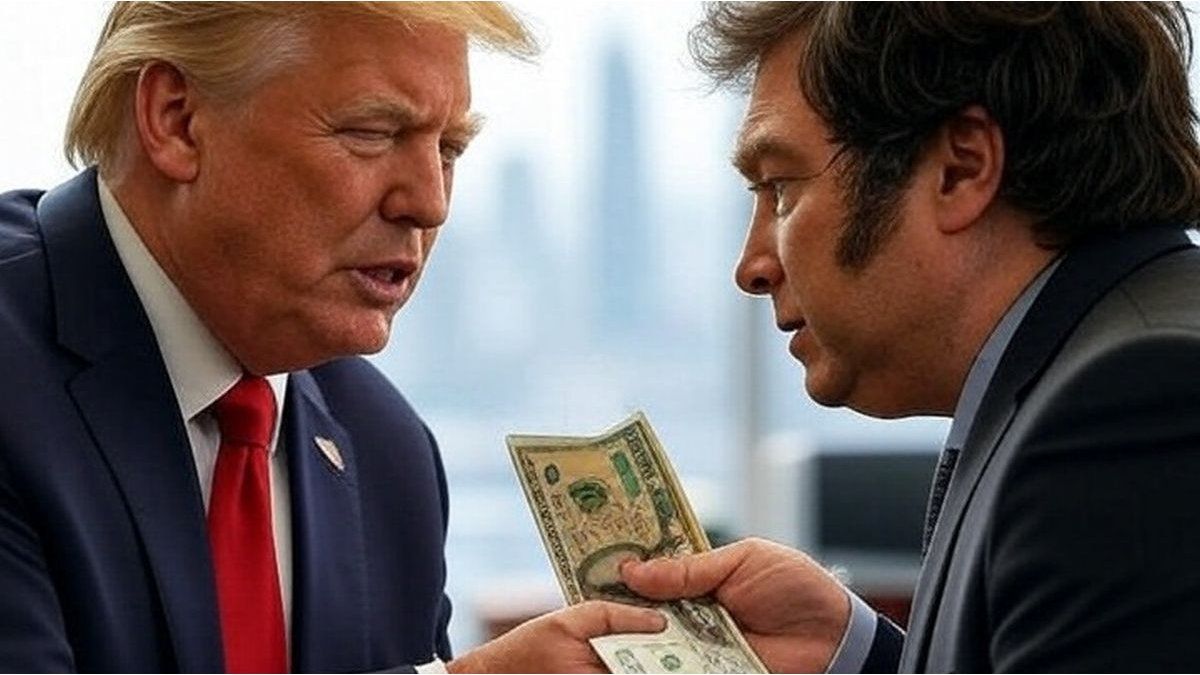In this way, the exchange rate gap with the wholesale official exchange rate ended above 80% (it stood at 80.9%).
With the new advance this Wednesday, the informal dollar narrowed the gap that it still maintains against financial dollars, which fell sharply and traded between $230 and $238.
The Economist Frederick Glustein linked the new jump of the blie with the course of the country’s economy and the negative expectations about the economic direction. “The country risk rose 10% these days in response to the fear of the markets due to uncertainty, and the CCL dollar had risen sharply while waiting for possible restrictions on imports, while the Government tests the market with a somewhat particular tender before of the maturities at the end of the month”, analyzed.
“It is logical that despite the lack of demand that corresponds to the rise in the blue, the parallel currency tends to rise”, finished off
For its part, Lorraine Giorgio, Chief Economist of Equilibra, commented that “We are seeing a slight convergence of the informal dollar to financial prices, as always happens. We have to wait to see if this punctual rise comes from the hand of a lower supply in the informal market due to greater controls on imports.”
It is worth remembering that until a couple of weeks agothe informal dollar remained at levels similar to those of the end of 2021 ($208) even with an accumulated inflation of 30%. “This was possible due to an offer of dollars in the informal market that came from the different groups of importers”George explained.
In turn, he predicted that “If what Vice President Cristina Kirchner asks ends up happening, and the Central Bank gets tough on the sale of foreign currency to import, we could have a lower supply in the informal sector that translates into price.”
Anyway, for now, it would seem to be “a convergence effect that is also fueled by the seasonality of this time of year, when people have already received the bonus and see that it is a good timing to dollarize,” said the chief economist of Equilibra.
Blue dollar price in June
So far in June, the blue dollar rises $17, which represents its biggest monthly advance in the year, after ending May at $207.
Let us remember that last month, the informal dollar rose $6.50 or 3.2%, although it was below inflation (a floor of 5% is estimated), and the increase in the official exchange rate (+4.2% ).
The parallel dollar rose 50 cents in April, and dropped $11 in March, its worst performance in 14 months. Last February, it fell $6.50 (-3%), after rising $5 or 2.4% in January.
Blue dollar in the year
So far this year, the informal dollar has advanced $16, after closing 2021 at $208.
During the past year, the blue dollar registered a rise of 25.3% ($42), half compared to the inflation of the period (50.9%). However, it is worth remembering that in 2020 it had shown a sharp jump of 111% (compared to 36% inflation).
What is the blue dollar?
The value of the blue dollar has a substantial difference with the official dollar, which is acquired in banks and has an established price. Its sale is in the informal market, without regulations or limits, and for this reason it is generally operated at a value greater than the official dollar.
Why is it called the blue dollar?
The origin of the blue dollar as a denomination for the operation of the banknote in the informal market is not clear. But there are theories.
An explanation of its name indicates that it is so called because in English, “blue”, in addition to naming the color blue, refers to something “dark”.
Another theory relates it to purchase operations through bonds or shares of companies known as “blue chips”. They also link it to the approximate color that appears when a fibron is applied to detect counterfeit bills.
Price of the savings or tourist dollar
The savings dollar or solidarity dollar -retail plus tax- rose four cents to $212.87 on average.
More news about the Blue Dollar and the Dollar
Dollar: what price do analysts forecast for the second half
The “gurus” of the city: the list of Argentine economists awarded for their forecasts on the dollar and inflation
The measure requested by Juan Carlos De Pablo to lower the blue dollar to 20 cents
Source: Ambito
David William is a talented author who has made a name for himself in the world of writing. He is a professional author who writes on a wide range of topics, from general interest to opinion news. David is currently working as a writer at 24 hours worlds where he brings his unique perspective and in-depth research to his articles, making them both informative and engaging.




